Sony Alpha a7S Mirrorless Camera
The Sony Alpha a7S Mirrorless Digital Camera features a full-frame 12.2MP Exmor CMOS sensor and BIONZ X image processor to enable notable video and still image quality with an expansive dynamic range, low noise, and extended sensitivity to ISO 409600. At the sensor level, this full-frame sensor features a unique on-chip gapless lens design, which incorporates small lenses between neighboring pixels in order to increase light-gathering efficiency and promote greater image quality across the entirety of the sensor plane. The sensor and processor combination also avails a wealth of speed throughout the camera system, including a top continuous shooting rate of 5 fps, support for 4K video recording, and a fast 25-point contrast-detection AF system with sensitivity to -4 EV.
Beyond its still image performance, the a7S is also quite adept in regard to recording video. It is able to output uncompressed 4:2:2 UHD 4K video to an optional external recorder over HDMI, as well as record full HD 1080p video in the high-quality XAVC S format at 50 Mbps in multiple frame rates. Extending the video recording capabilities is support for S-Log2 gamma, which helps to expand the effective dynamic range during recording, as well as picture profile options, time code, and zebra marker display aids. Sound can be recorded in the AAC/Linear PCM format via the internal stereo microphone, with a built-in headphone jack for on-board monitoring, or via an external microphone.
Rounding out the a7S’s imaging capabilities, both a 3.0″ 921.6k-dot tilting LCD monitor and 2.36 million-dot OLED electronic viewfinder are available for image monitoring and review. Built-in Wi-Fi connectivity, with support for NFC, is available, too, for instant sharing of imagery from the camera as well as remote camera control from a linked mobile device.
Full-Frame Exmor Sensor and BIONZ X Image Processor
Incorporated within the sleek body design is a 12.2MP full-frame Exmor CMOS sensor and BIONZ X image processor, which work together to enable an expansive dynamic range with minimal noise and notable sensitivity. The a7S features a native sensitivity range from ISO 100-102400, which is further expandable to ISO 50-409600. Coupled with the large individual pixel size the 12.2MP sensor affords, this camera is well-suited to use in low-light conditions.
The Sony Alpha A7S sensor’s design also features a new-generation RGB color filter array, as well as a gapless on-chip lens design. Together, these two technologies enable truly efficient light-gathering abilities that further reinforce the low noise, high-sensitivity design. Furthermore, an anti-reflective coating has also been applied to the seal glass of the image sensor to minimize surface reflections, glare, and ghosting for contrast-rich, color-neutral imagery.
The Sony Alpha A7S sensor and processor combination also avail a wealth of performance-related benefits to still shooting, including a Speed Priority continuous shooting rate of 5 fps, or a 2.5 fps shooting rate with continuous AF. The contrast-detection AF system employs 25 distinct points to quickly and precisely acquire focus in light levels as low as -4 EV to support working in a wide variety of shooting conditions.
Full Pixel Read-Out with Clean HDMI Out for 4K Recording
Line-Skipping has been the Achilles Heel of video recording DSLR and Mirrorless cameras since video recording was first introduced. Most full-frame and APS-C still cameras have extremely high pixel counts, which is great for still photography, but makes utilizing the whole sensor technically infeasible when recording video since scaling down, say a 36 megapixel image in real time would require a much more expensive image processor and generate more heat than such a compact body could handle. So traditionally these cameras skip lines when recording video, leading to major aliasing and moiré from the large sample gaps as well as decreased resolution and increased noise. However, the lower resolution sensor of the a7S is designed for video recording and features a full sensor readout without any line skipping. This means you will see a sharp image devoid of major aliasing and moiré whether recording internally at 1080p or externally in UHD 4K.

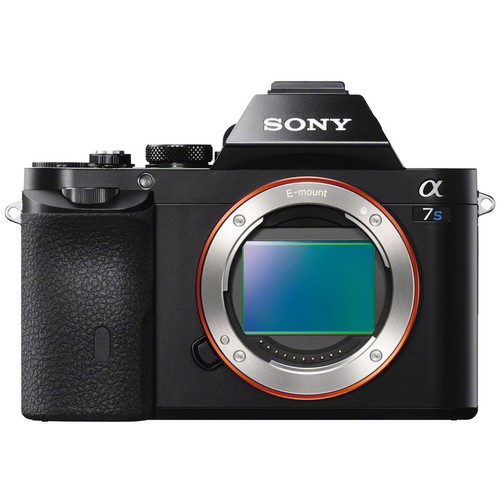



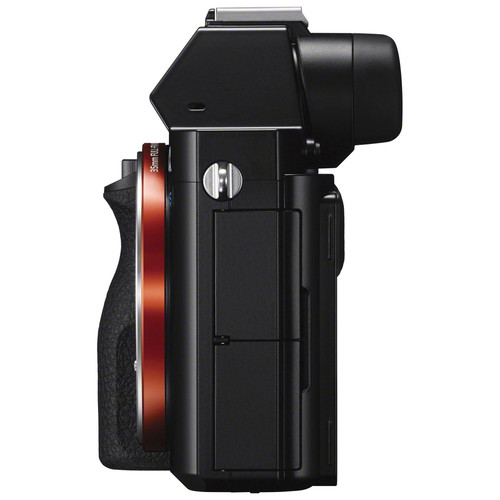






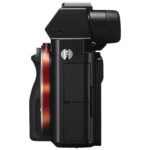









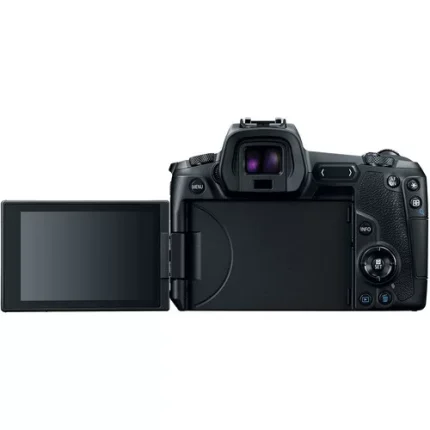








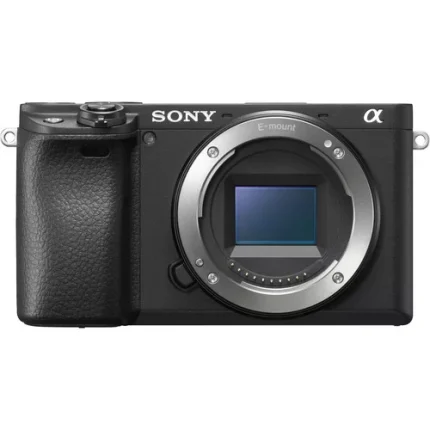




Reviews
There are no reviews yet.